-

Cutting cattle carbon Bad breath and flatulence
Cattle have bad breath and commonly suffer from severe, chronic flatus generating large amounts of methane, which is a greenhouse gas and a driver of anthropogenic global warming. There is an obvious answer to this problem, stop breeding cattle. Unfortunately a large proportion of us enjoy our bo...Read more -

Cooling cows efficiently with water spray
Dairies use intermittent sprinkler systems to cool cows in warm weather, but little experimental work has been done to determine how much water is needed to achieve beneficial effects. A group of dairy scientists conducted a study at the University of California, Davis, to examine the effects of ...Read more -
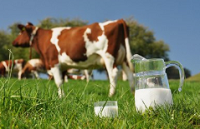
Consumers sour on milk exposed to LED light
Got LED light? Display cases and grocery stores increasingly do, and that’s bad news for milk drinkers. Cornell University researchers in the Department of Food Science found that exposure to light-emitting diode (LED) sources for even a few hours degrades the perceived quality of fluid mil...Read more -
Detection of unusual hybrid schistosomes in Malawi
LSTM’s Professor Russell Stothard is senior author on a new paper in which researchers from the UK and Malawi have described the unusual occurrence of novel schistosome hybrids infecting children along the Shire River Valley. The findings, published in the journal Emerging Infectious Disea...Read more -
Changing climate may affect animal-to-human disease transfer
Climate change could affect occurrences of diseases like bird-flu and Ebola, with environmental factors playing a larger role than previously understood in animal-to-human disease transfer. Researchers from The University of Queensland and Swansea University have been looking at how different en...Read more -

Translocation of bighorn sheep in Arizona has positive genetic outcomes
Translocation is an important management tool that has been used for more than 50 years to increase bighorn sheep population numbers in Arizona and to restore herds to suitable habitat throughout their historical range. Yet, translocation also can alter the underlying genetic diversity and spatia...Read more -
New massive dataset of bacterial proteins
Scientists from Switzerland and the Netherlands have conducted a quantitative and qualitative analysis of the proteins that the bacterium Escherichia coli expresses in 22 different growth conditions. More than 2,300 proteins were identified, some at average levels of one copy per cell. The result...Read more -
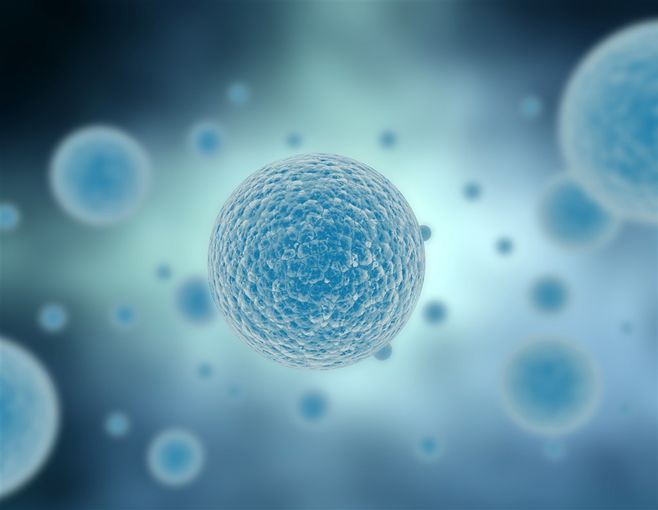
Humans carry more antibiotic-resistant bacteria than animals they work with
Antibiotic-resistant bacteria are a concern for the health and well-being of both humans and farm animals. One of the most common and costly diseases faced by the dairy industry is bovine mastitis, a potentially fatal bacterial inflammation of the mammary gland (IMI). Widespread use of antibiotic...Read more -
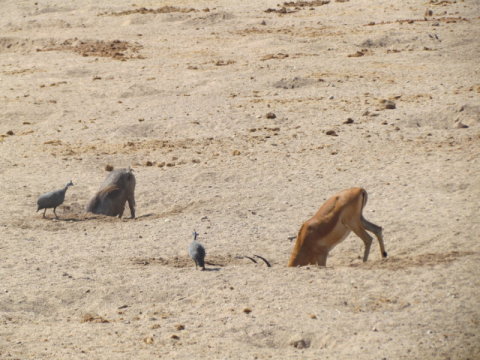
Why do animals dig waterholes?
Scientists from Berlin showed that animals in the Ruaha National Park in Tanzania, East Africa, already dig waterholes during dry seasons even if water is still available in the riverbed. When the river dries up and the water stops flowing, the water quality in the remaining pools deteriorates as...Read more -
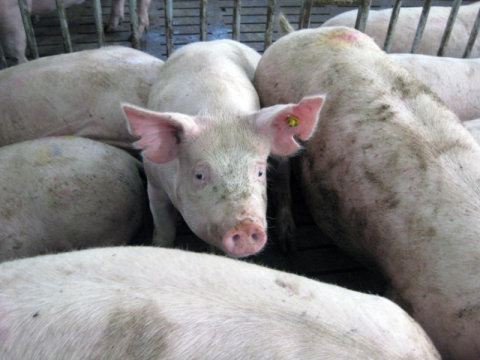
Success combating multi-resistant bacteria in stables
Multi-resistant bacteria represent a major problem not only in hospitals but also in animal husbandry. A study of the University Bonn describes how a farmer successfully eliminated these pathogens entirely from his pig stable. However, the radical hygiene measures taken in this case can only be a...Read more -
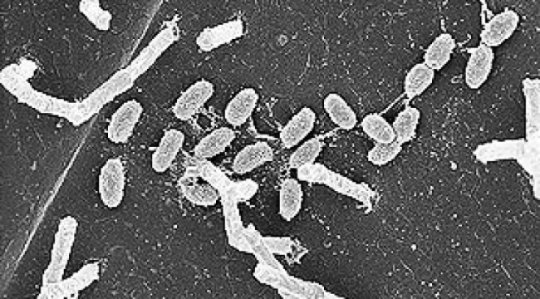
Microbial companions of humans, animals are highly specialized
It has long been known that almost all organisms have microbial companions. However, only about ten years ago did researchers find out that these bacterial communities are extremely rich in species. Humans and other mammals are often hosts to several thousand species, and even minute organisms li...Read more -

Muzzle in on cattle classification
Researchers are developing a biometric identification system for cattle that could reduce food fraud and allow ranchers to control their stock more efficiently. The system described in the International Journal of Image Mining uses the unique features of a prominent part of the animal to identify...Read more -
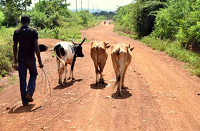
Humans, livestock in Kenya linked in sickness and in health
After tracking 1,500 households and their livestock in 10 western Kenyan villages for one year, researchers found a strong relationship between the number of illnesses among family members and the number of livestock sicknesses and deaths in the same household. This is a farmer enrolled in the s...Read more -
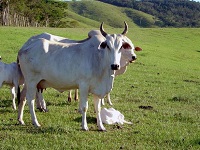
How to keep cows happy
Brazilian study shows how small changes on farms can lower stress levels of cattle Corrals are used on livestock farms around the world to round up the animals when they need to be weighed or vaccinated. New research now shows that removing splashes of colors, shadows or water puddles from corr...Read more -
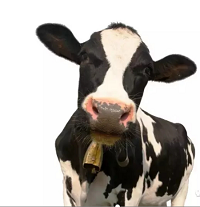
Happy cows make more nutritious milk
The results of a new study could lead to a better understanding of how to improve the health of dairy cows, and keep the milk flowing. Daily infusions with a chemical commonly associated with feelings of happiness were shown to increase calcium levels in the blood of Holstein cows and the milk o...Read more -

Drug-resistant genes spread through environment, not meat products
In the first study to track antibiotic resistance in intensively-farmed beef, scientists discovered a “startling” lack of resistance genes in meat. Meanwhile, in soil and faeces samples from cattle pens they found genes resistant to a powerful “last resort” class of antibi...Read more -
Newly discovered infectious prion structure shines light on mad cow disease
Groundbreaking research from the University of Alberta has identified the structure of the infectious prion protein, the cause of “mad cow disease” or BSE, chronic wasting disease in deer and elk and Creutzfeldt-Jakob disease in humans, which has long remained a mystery. The infectiou...Read more -

Feeding food waste to pigs could save vast swathes of threatened forest and savannah
A new study shows that if the European Union lifted the pigswill ban imposed following 2001′s foot-and-mouth disease epidemic, and harnessed technologies developed in East Asian countries for ‘heat-treating’ our food waste to safely turn it into pig feed, around 1.8 million hect...Read more -

Doctors call on hospitals to oppose the overuse of antibiotics in animal agriculture
To help stop the spread of antibiotic resistance, UC San Francisco scientists are urging hospitals around the country to stop buying meat from animals that were given antibiotics for growth promotion. For the last two years, UCSF Medical Center has been phasing out meat from animals that were rou...Read more -

Evidence that an Influenza A virus can jump from horses to camels
University of Florida researchers have found evidence that an influenza A virus can jump from horses to camels — and humans could be next. The One Health Center of Excellence for Research and Training in UF’s Emerging Pathogens Institute, in collaboration with U.S. and Mongolian insti...Read more -

Equine specialist warns horse owners of dangerous virus
A Kansas State University equine specialist is warning horse owners of a highly contagious virus recently identified in Kansas and Wisconsin. The Kansas Department of Agriculture reports that a horse in northeast Kansas has been confirmed positive with a wild type of non-neurotropic case of equin...Read more -

Doctors call on hospitals to oppose the overuse of antibiotics in animal agriculture
To help stop the spread of antibiotic resistance, UC San Francisco scientists are urging hospitals around the country to stop buying meat from animals that were given antibiotics for growth promotion. For the last two years, UCSF Medical Center has been phasing out meat from animals that were rou...Read more -

Detection test for subclinical mastitis in dairy cows developed
Kansas and U.S. dairy producers may avoid some of the billions of dollars lost to mastitis thanks to a Kansas State University technology that is detecting the early stages of the disease in dairy cows. Deryl Troyer, professor of anatomy and physiology, is leading a project with Stefan Bossmann, ...Read more -

Decrease in antimicrobial use in animals in Denmark
Antimicrobial use in animals has decreased in 2014 due mainly to decreased consumption in the pig production. In general very little of the critically important antimicrobials — which are used to treat humans — is used in the production of livestock. The use of critically important an...Read more

